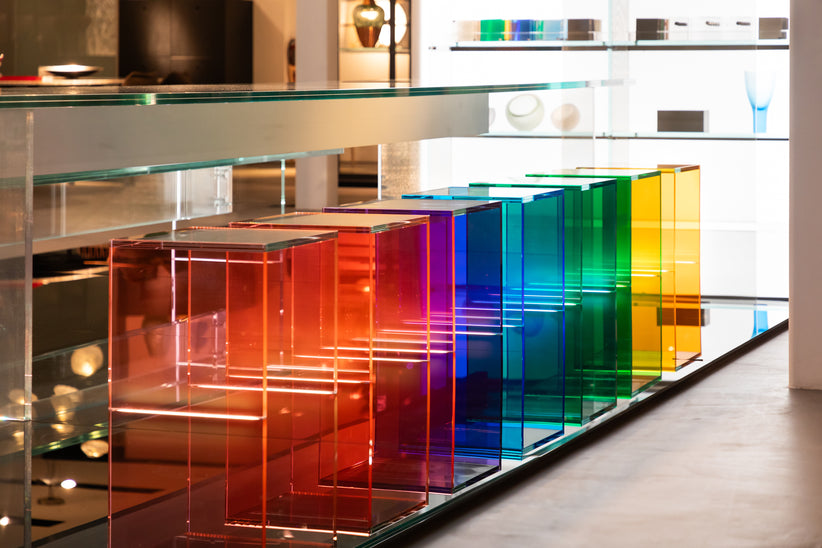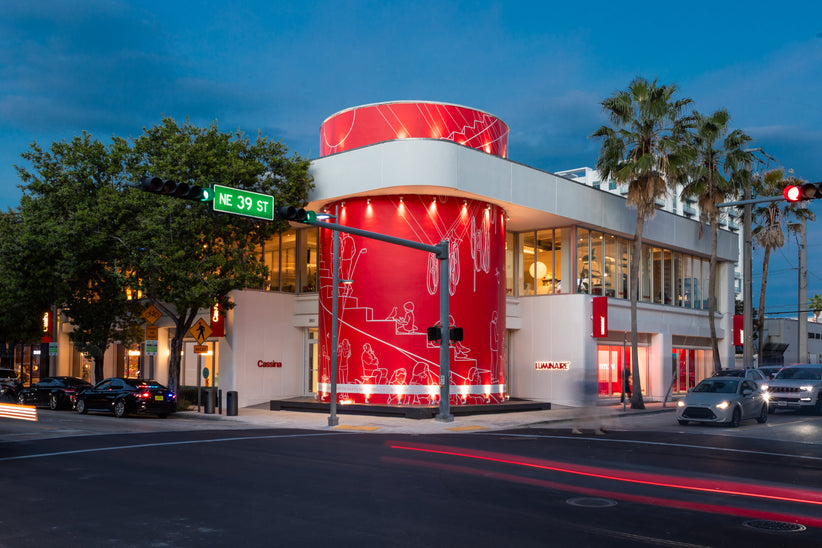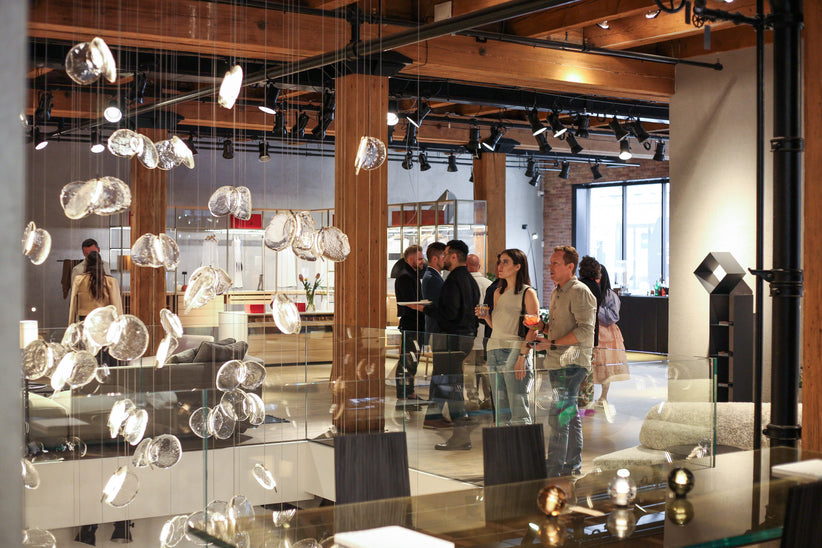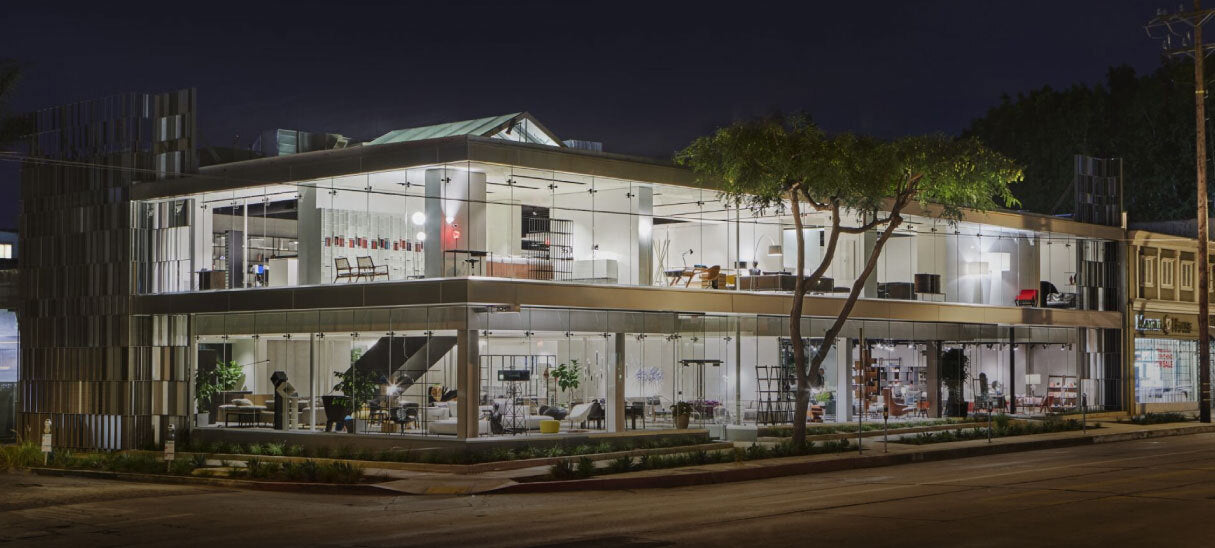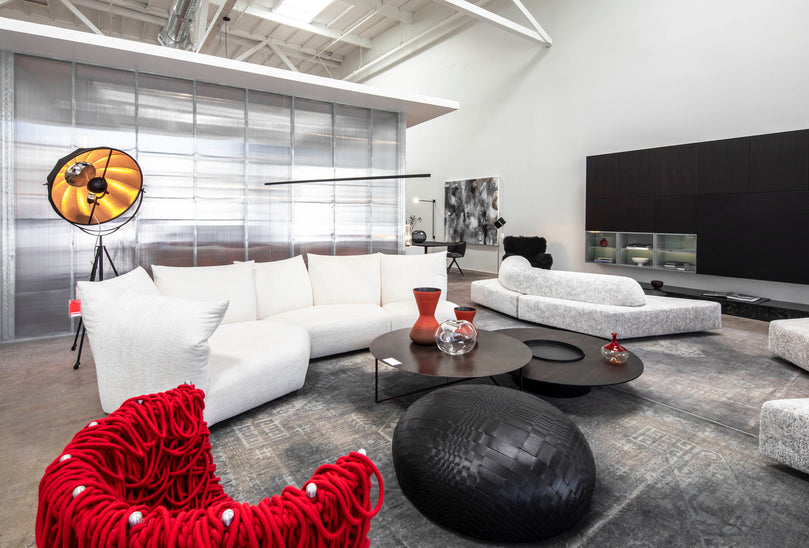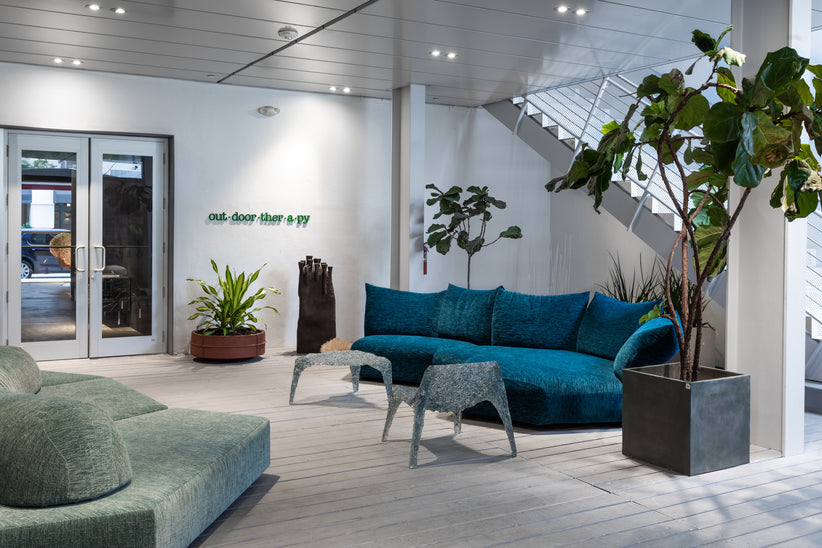Japanese architect, planner, and theorist Arata Isozaki has won the 2019 Pritzker Prize. Defying easy categorization, his buildings reflect a constant evolution that represents a fresh approach in each project. Throughout his career, the octogenarian architect has collaged references to major movements including brutalism, postmodernism, modernism, and high tech design into a personal style which is present in his notable buildings around the world.
Born in Kyushu, Japan in 1931, Isozaki began his career with an apprenticeship under another Japanese future Pritzker Prize winner, Kenzo Tange, and established his own firm, Arata Isozaki & Associates in 1963. Since then, he has become one of Japan’s most influential postwar architects regarded for his global work connecting the East and West with projects throughout Asia, Europe, North America, the Middle East, and Australia.
“When I was old enough to begin an understanding of the world, my hometown was burned down,” says Isozaki. “Across the shore, the Atomic bomb was dropped on Hiroshima, so I grew up on ground zero. It was in complete ruins, and there was no architecture, no buildings and not even a city. Only barracks and shelters surrounded me. So, my first experience of architecture was the void of architecture, and I began to consider how people might rebuild their homes and cities.”
Rooted in philosophy, history, theory, and culture, Isozaki the prize’s jury cited his interdisciplinary solutions that reflect a sensitivity to the specific contextual, environmental, and societal needs of his creations. The jury also noted his dedication to supporting young architects, citing initiatives like the Fukuoka Nexus World Housing project (1988-1991) and the Toyama Prefecture’s Machi-no-Kao (“face of the city”) program (1991-1999), in which Isozaki invited young architects worldwide to develop “catalytic projects” in Japan.
His notable works within his massive portfolio include designs for cultural institutions including the Museum of Contemporary Art Los Angeles (MOCA) and the Museum of Modern Art in Gumna, Japan as well as civic buildings including Doha’s Qatar National Convention Centre and the Ōita Prefectural Library.
Locally, Arata Izosaki has participated in the expansion and renovation of Miami Beach’s Bass Museum, paving the way for the onslaught of internationally renowned architecture in the city.
A highly decorated architect, city planner and theorist, Isozaki won the RIBA Gold Medal for architecture in 1986 and was awarded the Leone d’Oro at the Venice Architectural Biennale 1996.
Set up in 1979, the Pritzker Prize is considered to top architectural award and is modelled on the Nobel Prize, annually honoring the work of a living architect.
March 2019


